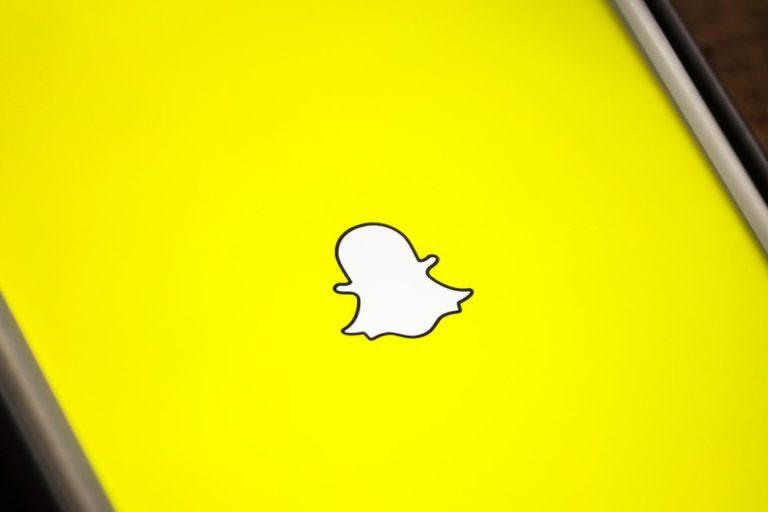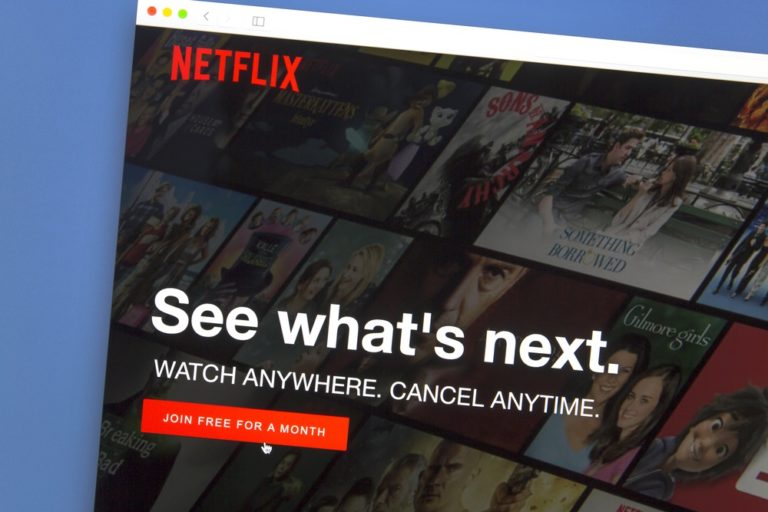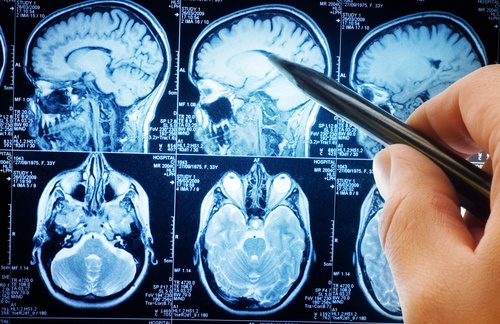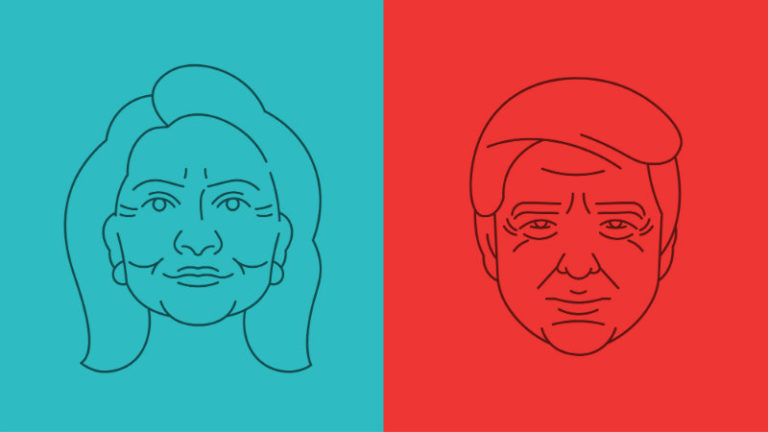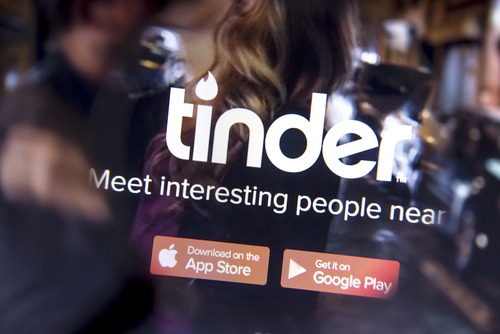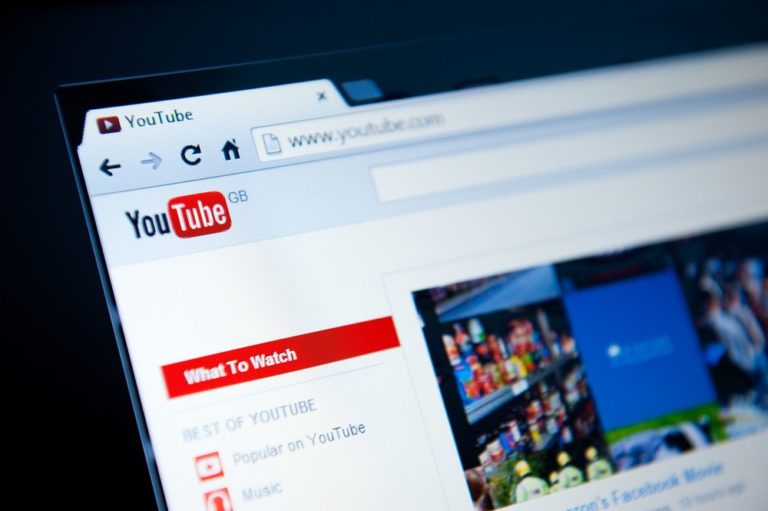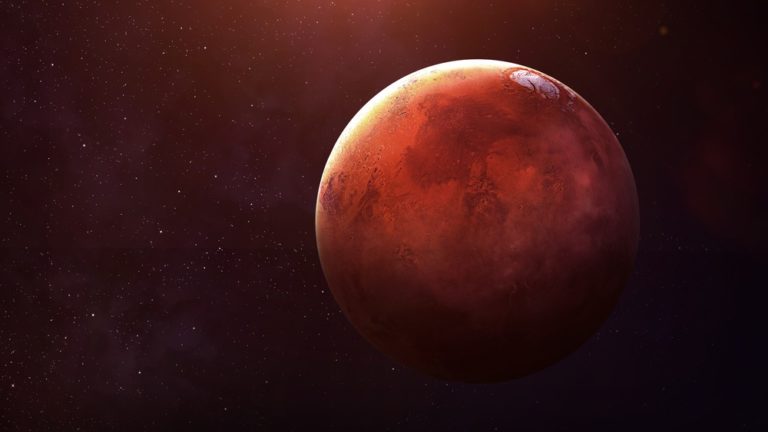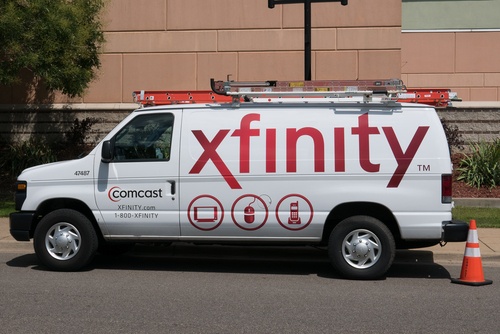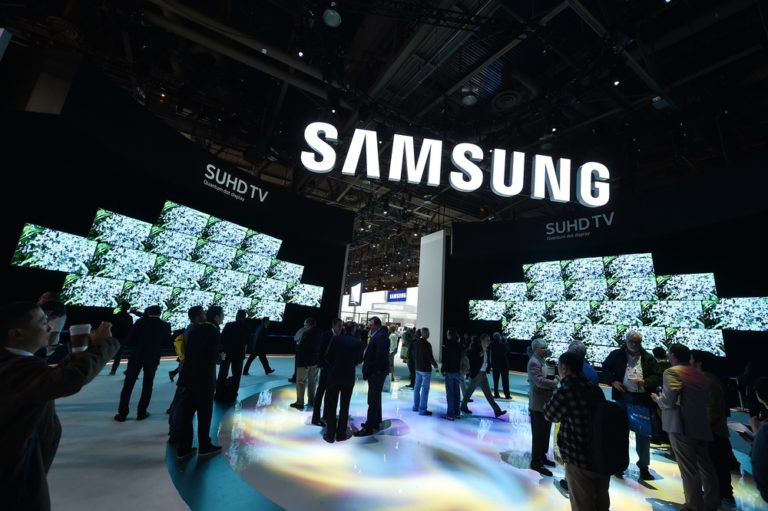St. Jude Medical announced a new therapy designed to effectively reduce chronic pain. The therapy is a type of spinal cord stimulation (SCS), called BurstDR stimulation. BurstDR therapy is an FDA approved SCS therapy, exclusive to St. Jude Medical. SCS therapy allows physicians to place a small device underneath the skin; the device sends mild electric current to the nerve fibers of the patient’s spinal cord, therefore alleviating chronic pain.
BurstDR is aimed to provide physical relief to individuals, as well as, any additional pain associated with chronic pain. St Jude Medical mission is to provide and create treatments at a reduced cost. Treatment at reduced cost allows more individuals to reduce or eliminate the pain many individuals experience on daily basis.
Chronic pain is defined as persistent pain that lasts for weeks and even years. More than 3 million people are diagnosed with chronic pain every year in the United States and at the moment there is no cure. Many people experience pain in their joints, back, neck and muscles. In addition, studies have shown chronic pain also causes psychological harm leading to anxiety, fatigue and depression. The current treatment for chronic pain can range from physical exercise to medications.
One of the most common medications to treat chronic pain includes Fentanyl, Tramadol, Hydromorphone, and Hydrocodone. It is important to note that Fentanyl, a prescription opioid, is actually more powerful than heroin. It is sometimes used to treat chronic pain patients who are physically tolerant to traditional pain relievers.
However, in the United States more than 28,000 people have died from an opioid overdose, prompting the U.S Department of Health & Human Services, HHS, to declare the opioid addiction an epidemic in America. Not only have more people died from prescription drugs, according to the HHS, heroin-related deaths have tripled since 2010. According to a study by the HHS, more than 650,000 opioid prescriptions are dispensed and 580 people start using heroin for the first time every day. In addition, nearly 80 people die from an opioid-related overdose a day causing $55 billion in health and social costs and $20 billion in emergency department and inpatient care for opioid poisonings.
HHS suggests prevention and treatment are critical to fighting the growing opioid epidemic. But, the lack of funding has made it difficult to stop this growing problem. In a statement, HHS says “Our ability to do more to turn the tide of the opioid epidemic is significantly limited without adequate funding to support expanding access for individuals with opioid use disorder to seek and complete treatment, and sustain recovery.”

